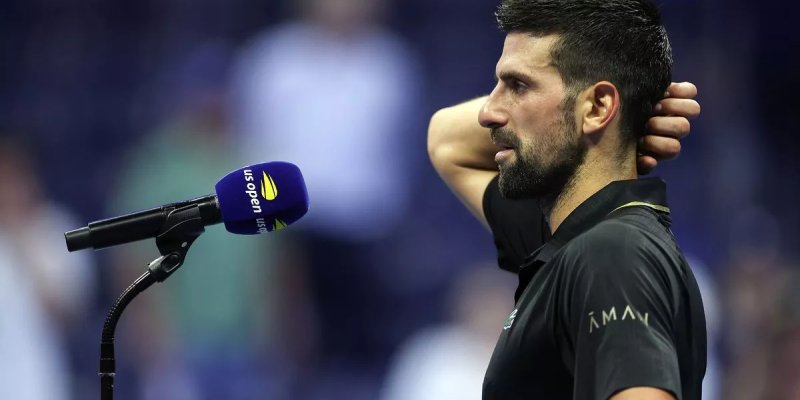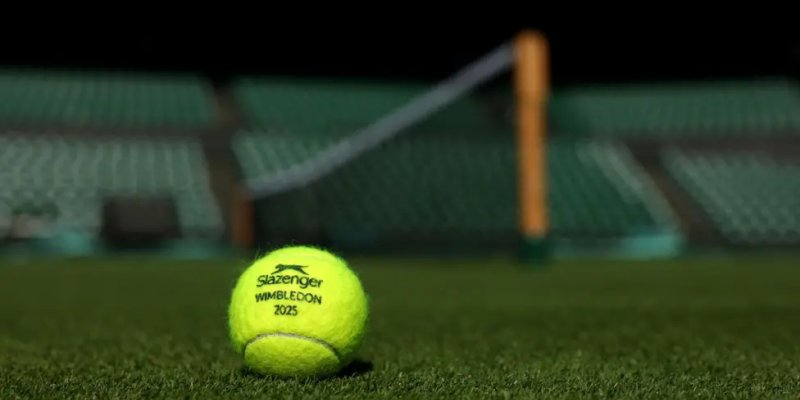
In London, history once again turned the tennis court into a stage for epic stories. Just five weeks earlier, Jannik Sinner had walked off Roland Garros in tears, the sting of three squandered championship points against Carlos Alcaraz still fresh in his heart. It seemed that the Spaniard, who had just claimed his third Grand Slam title, had firmly staked out the territory of moral superiority. Yet in the Wimbledon final, where Alcaraz had reigned unchallenged for two straight years, the Italian stepped onto Centre Court a completely different man — and coolly dismantled the champion 4–6, 6–4, 6–4, 6–4.
The Psychology of a Winner
The main change in Sinner took place long before the championship point was played — in his mind. The injury sustained on the Roland Garros clay and the emotional collapse after the lost final usually leave a scar that tightens both movement and thought. Jannik, however, turned that pain into armor: when he led 4–2 in the first set at Wimbledon but suddenly dropped the set, he showed not a shadow of doubt that he could reboot instantly. An ordinary player would have seen a reflection of the Paris nightmare — Sinner saw only the next serve.
Pressure From the Very First Rally
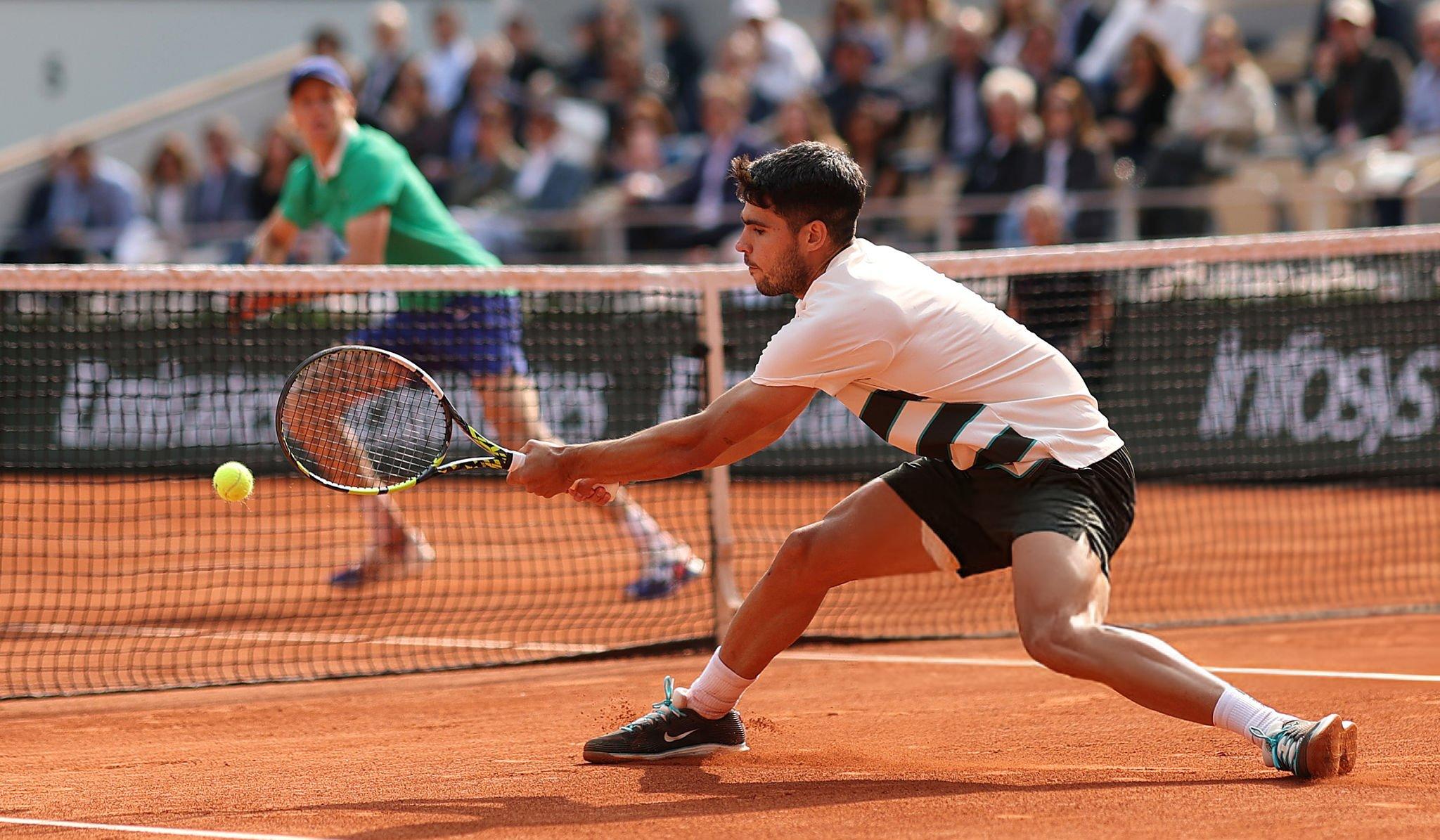
Carlos is renowned for brake-less tennis in which aggression begins with the very first shot. But the final’s statistics are staggering: the Spaniard attacked in only 20 % of rallies, whereas the Italian did so in 33 %. Jannik systematically deprived his opponent of space and time, driving him into defence with flat, heavy strokes loaded with topspin and depth. Alcaraz, who normally turns a match into a carnival of drop shots and unexpected slices, was forced to play the role of bystander in the theatre of Italian pressure.
The Power of the Backhand
Sinner’s key surgical instrument was the down-the-line backhand. The stroke carved through Alcaraz’s diagonal like a light switch flipping momentum. In neutral exchanges a slight body shift, an instant planting of the feet — and the ball nestled in the far corner. The Spaniard had no time to adjust, the corridors narrowed, and with every such “jab” his inner confidence melted.
Aggressive Return
The return became the battle’s second front. As soon as Carlos lost first-serve reliability, Jannik unleashed deep, aggressive returns that pinned the Spaniard near the baseline. It was especially evident midway through the second set, when two bursts of powerful returns produced back-to-back breaks. Positional advantage swung to Sinner so quickly that the Spaniard was often hitting his second shot already on defence — a situation almost unfamiliar to him.
Serve Gains Momentum
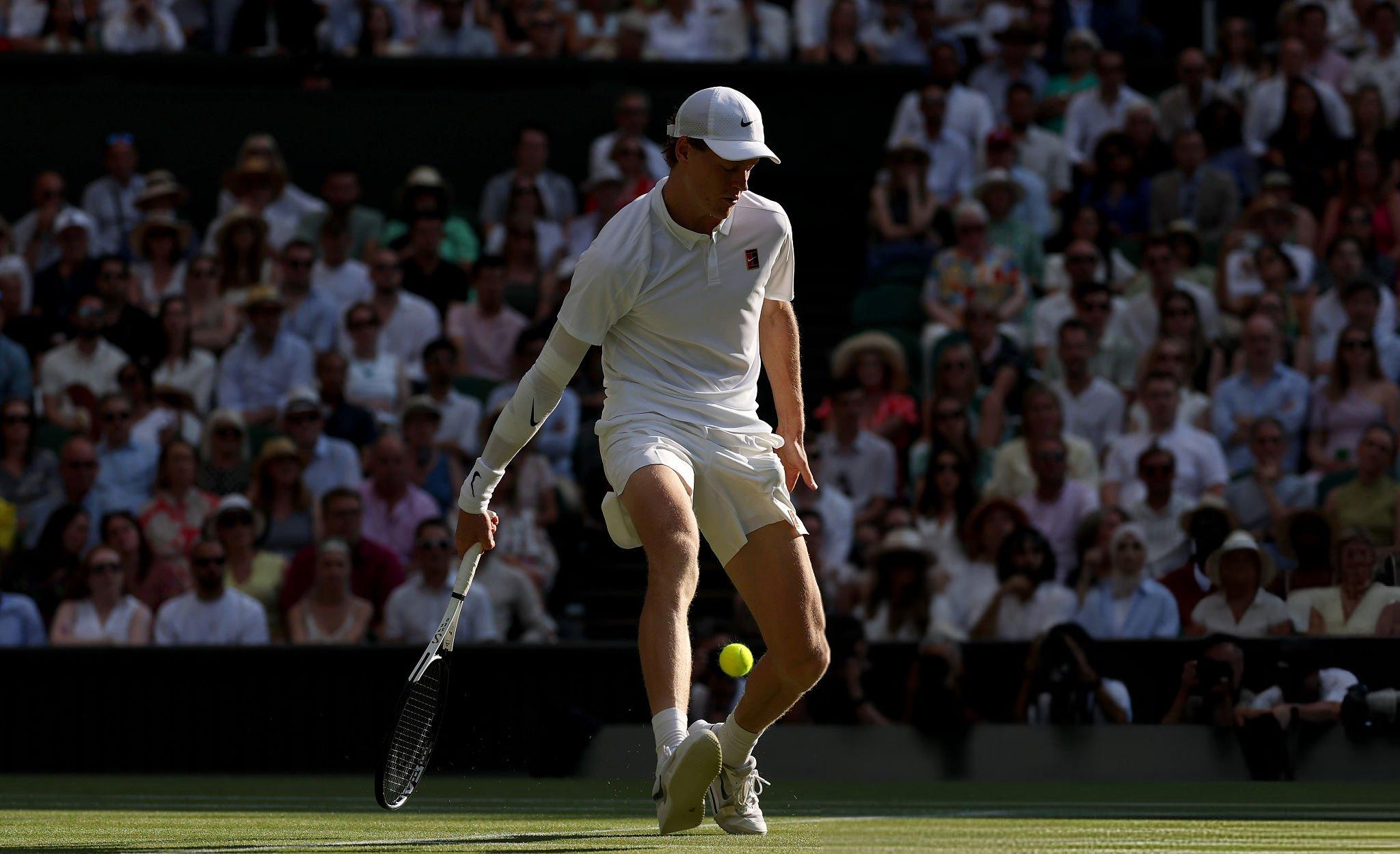
In the opening games it seemed the Italian was under-spinning his first serve: the speed lagged behind the semifinal against Djokovic, the angles yielded no free points. But from the middle of the third set the serve soared to a new level. Jannik raised average velocity, kept a high first-serve percentage, and started collecting cheap points. To complete the picture — risky yet pinpoint second serves: at 3–4 (30–30) in the third set and on break point in the fourth, he opted for maximum risk instead of safety, imposing his game on the Spaniard.
Forehand at Top Speed
Toward the end of the match Sinner’s forehand worked like a high-speed catapult. The shot, heavy with topspin and sudden acceleration, drilled into the back line. Alcaraz told his box, “He’s playing way faster than I am.” Each such acceleration was not just a won point but a stolen second of decision-making for the opponent. Carlos, accustomed to dictating tempo himself, had to answer the challenge while perpetually a millisecond late — enough for the conductor’s baton to pass definitively to his rival.
Consistency Above Peak Play
Many pundits love to talk about ceilings. Alcaraz’s is undeniably sky-high: his creativity can tear apart any defence. But the Wimbledon final reminded everyone of a simple truth: in a five-set marathon, victory usually goes not to the one whose best game shines brightest but to the one whose “average” never drops below a certain line. Sinner showcased a textbook level of stability — he minimised unforced errors, kept his first-serve percentage high, and lived within one-stroke control. Carlos, by contrast, fell into pits: strings of routine errors, a couple of ill-considered forays to the net — and the initiative slipped away.
What Comes Next
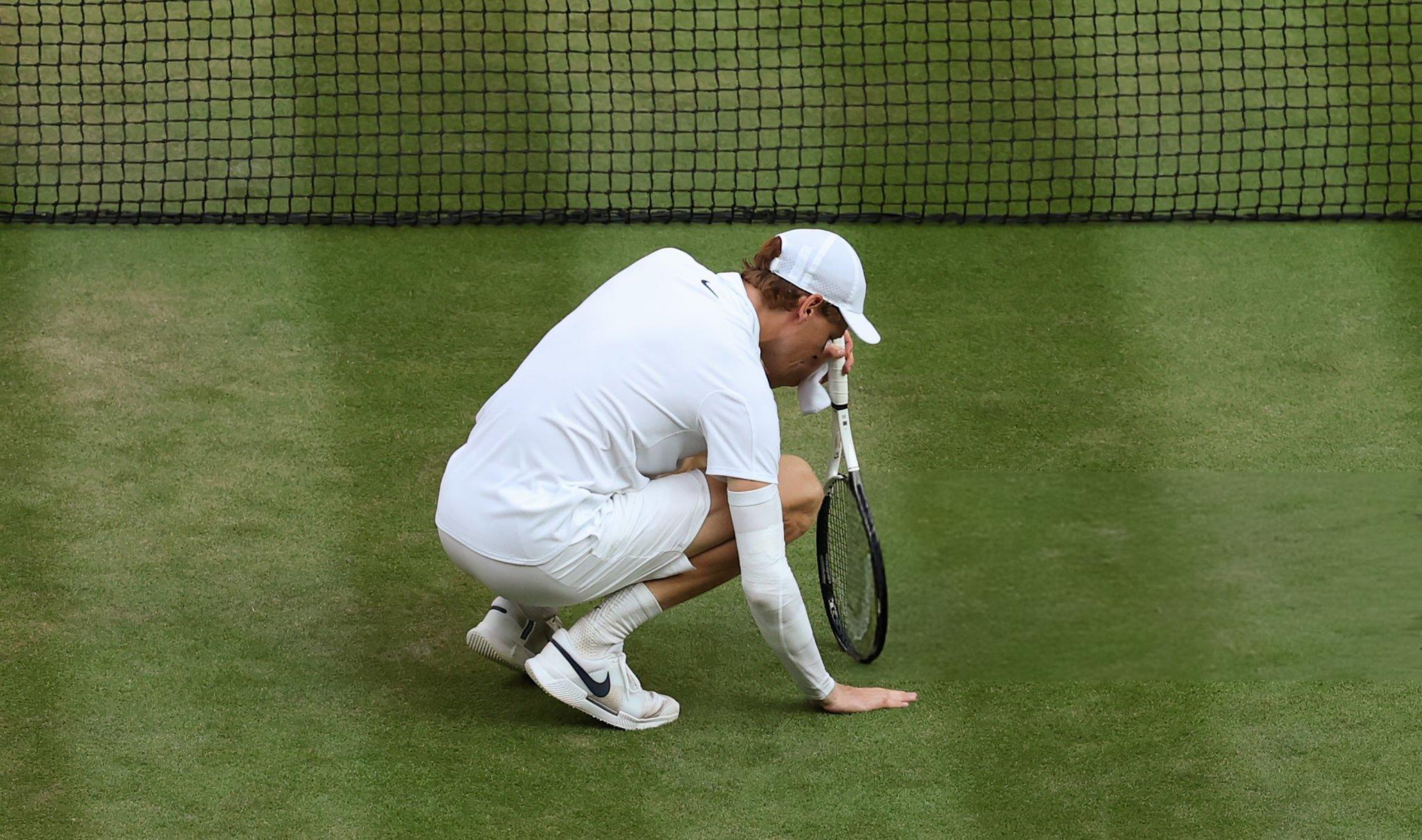
Consider this: in Paris a single point separated Sinner from a run of four consecutive Grand Slams. Even having missed that match point, he remains the reigning champion of three majors, the world No. 1 by a comfortable margin — and, more importantly, a player who in 35 days managed to forge a crushing defeat into triumph on the sacred grass. That capacity for lightning-fast adaptation and emotional reset recalls the best athletic mindsets — from Federer to Nadal. If the Italian maintains today’s competitive temperature and clarity of thought, speaking of a Sinner era will be not a bold hypothesis but a statistical reality of the coming seasons.
The 2025 final was not merely a change of Wimbledon monarch but a long-term shift of power: Alcaraz must now find new ways to fight, broaden his range of consistency, and learn to withstand pressure when his own fireworks of shot-making misfire. Sinner, meanwhile, proved that the road to the summit is built not only on highlight-reel moments but on the routine, almost invisible work on one’s foundation. It is precisely that foundation that became the grass platform on which the Italian erected his greatness, displacing the former monarch.

